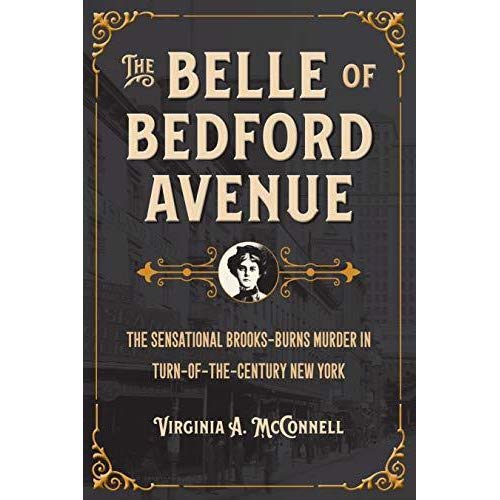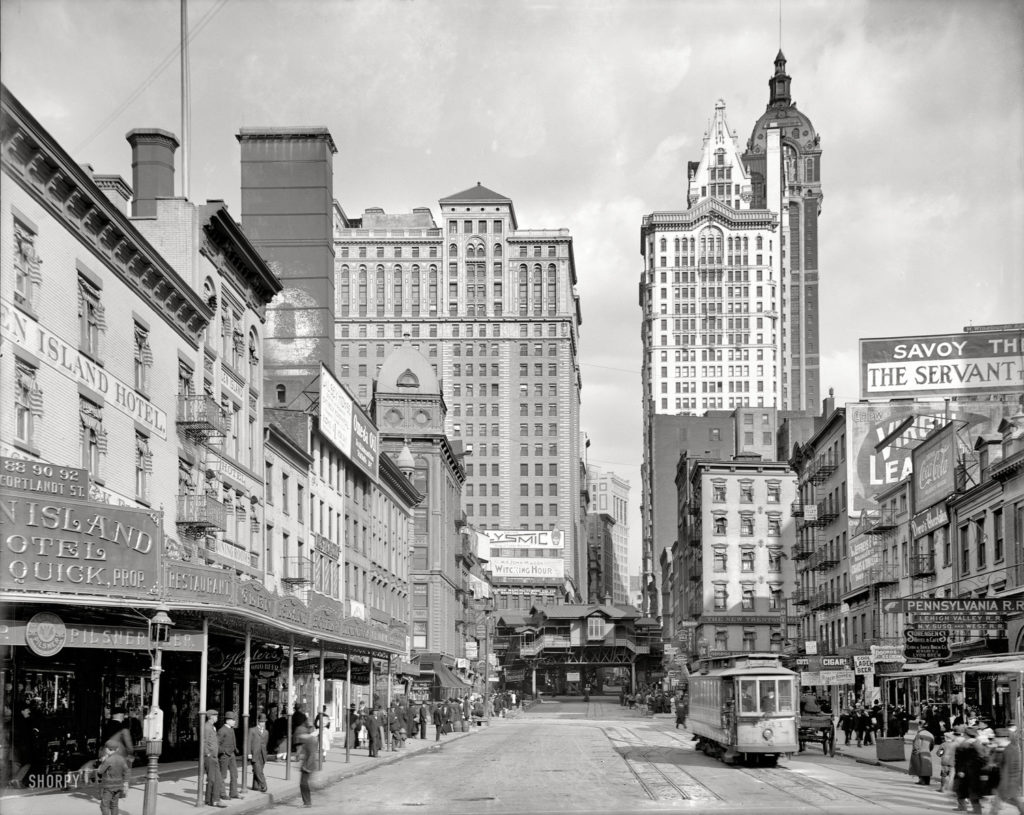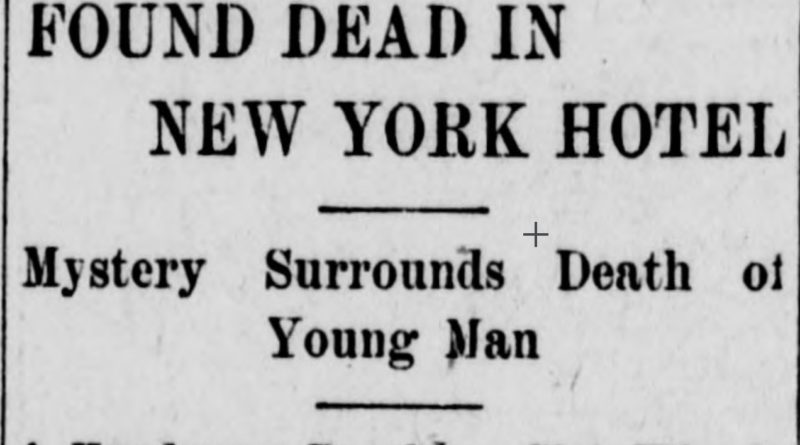I finished reading Virginia A. McConnell‘s true-crime page-turner The Belle of Bedford Avenue and promptly went to listen to my favorite musical cast album — Chicago.
Florence Burns, the ‘bad girl’ of McConnell’s tale, easily could have been the inspiration for Roxie Hart and Velma Kelly had she been a 1920s flapper. Burns’ real-life troubles, however, predate those of the fictional Chicago dames by two decades.
Her world involves roadhouses in Coney Island, bad boys in boiler hats, and young-adult rebellion that tore asunder the polite fabric of Victorian-era Brooklyn.

The Belle of Bedford Avenue
The Sensational Brooks-Burns Murder in Turn-of-the-Century New York
Virginia McConnell
Kent State University Press
One winter evening in 1902, Florence Burns checked into the Glen Island Hotel, a lower Manhattan accommodation of ill repute, with Walter Brooks, the 20-year-old commission merchant she was dating.
Late that night, a barely alive Brooks was found in his room with a mysterious gun shot wound to the head. Mysterious as there was no gun — and no Florence Burns. Brooks died the following morning of what quickly became obvious was a cold-blooded murder.

Burns was a member of the notorious Bedford Avenue Gang, a loose collective of criminals and ne’er-do-wells that also included Burns. “[W]hen Walter fell in love with the equally self-indulgent and entitled Florence Burns, it was a disaster waiting to happen.” Or a match made in hell.
McConnell’s provocative tick-tock of events following the murder illustrates New Yorkers’ cynical thirst for violent delights and a justice system very much influenced and even constrained by morality of the day.
What becomes very clear is that this isn’t an actual mystery — Burns most certainly killed her lover — but a scandal of a more nefarious sort. The kind of scandal that, like the ladies of Chicago, can turn you into a glamorous celebrity.
Check out our other spooky podcast episodes, like the one we did on the Harvey Burdell murder or the story of the Collyer brothers!

